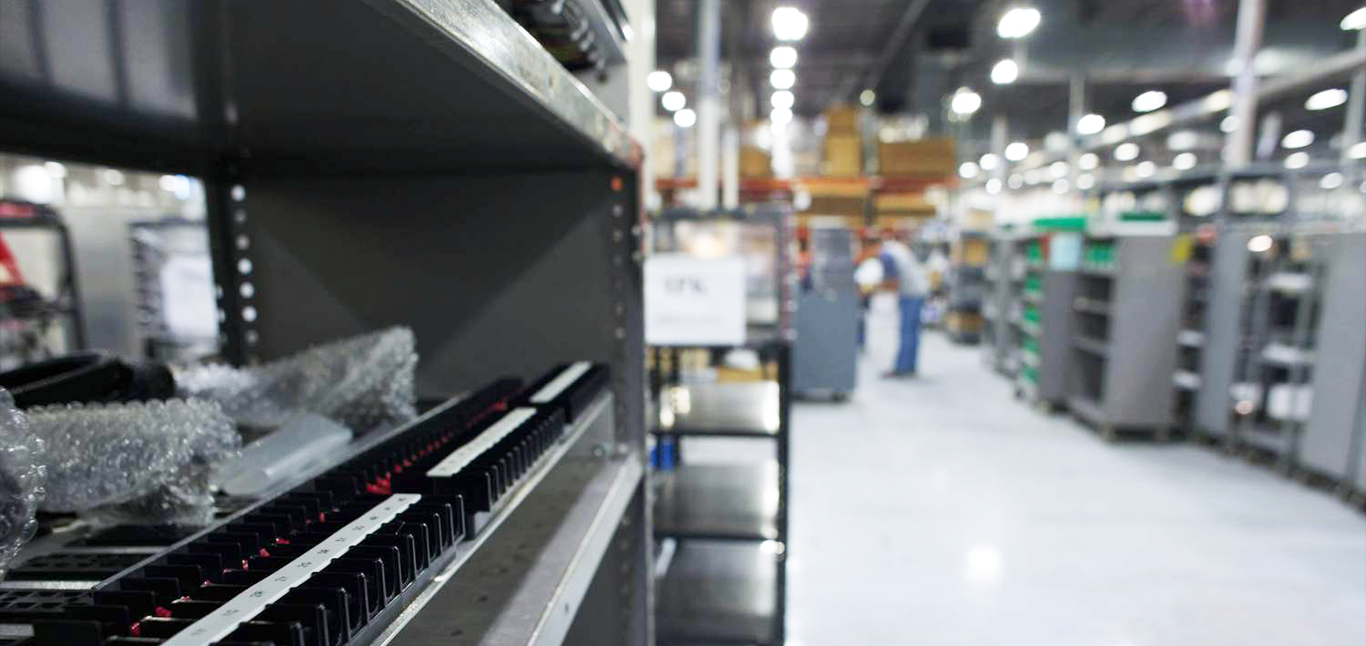Traffic specialists often speak with us about traffic flow challenges that are seemingly timeless.
You’ve got a newly-paved corridor and new traffic signals. So why would the motoring public not be completely thrilled?
The answer lies in an age-old problem: will the arterial green be long enough to move the heavy traffic? Will the arterial green be too long and frustrate the other movements?
The key concepts for a happy motoring public are:
- better allocation and sequencing of green time to satisfy the demand for faster and more consistent travel speeds on the arterial, and
- limiting the delay to drivers on the non-coordinated traffic signal movements to avoid driver frustration.
I’m an advocate, well – you could call me an evangelist – for managing individual traffic signals and systems along corridors for better results. My goal is to have motorists in any direction experience a good green progression through multiple intersections.
Our industry has a variety of software programs available to help
sort through traffic data analysis, optimizing corridors and visualizing them. Software can provide a starting point, but there is more to
the story.
An experienced traffic signal timing engineer interpreting the results and making situational adjustments is often the difference leading to excellent over fair results. Many of our clients leave that analysis to us, because our extensive signal management experience can make a real difference in green utilization and motorist satisfaction.
Why Time & Space Matters
At MoboTex, we use a method that’s not for the inexperienced or faint of heart. Instead of two dimensions, we use four to model what could possibly happen even before signal timing is deployed in
the street.
These dimensions include: distance between intersections, real time travel speeds, anticipated driver conflict resolution and real-time pattern repetition. The result: we can visualize the amount of time a fully-involved greenband exists on a corridor and where to adjust time to satisfy the non-coordinated movements. Thus, we balance the expectations of all drivers.
Four-dimensional modeling gives us the flexibility to accurately envision the corridor operation prior to installing the timing plans on site. There is infinite room to make adjustments for traffic volume, driver conflict, and variations in speed. We make mathematical adjustments prior to deployment, typically resulting in only a few minor in-the-field adjustments when installing the timing plans.
Should the corridor present with significant differences from the historical data used for the analysis, not to worry. With diagram output in hand, the base solution allows for some fairly major adjustments to be made on-the-fly with high degrees of success.
Concepts for Flexible Planning
Here are two of my favorite situational techniques when creating plans for busy corridors. Though not used on every corridor, when these are applied to the right situation, the improvement can be remarkable.
Gating – in order to provide smooth traffic flow through a corridor, if a plan predicts arterial traffic will struggle when the queued traffic at the entry signal to the corridor is released too early, we will set up timing to gate the first intersection. That is to say, we will plan to make sure the heavy queue of traffic does not start early. Rather, we’ll intentionally waste green time somewhere else at the lead intersection. The objective: guarantee the continuous, smooth ride through the corridor designed by the greenband.
Turbo-Charging – Consider the crossing of two major traffic-signal-coordinated corridors. One corridor is two-way. One corridor is one-way. In a saturated condition, the split of green time to move traffic starting from a stopped condition would be adequate for a signal with no other nearby signals delivering platoons.
However, that green split is generally too small to create a satisfactory two-way greenband progression on the two-way corridor. By definition: The intersection is saturated, so there is no “free” green time to reallocate from another movement.
Possible solution: Turbo-charge the one-way corridor.
A moving traffic platoon can push through a green light more densely than queued traffic starting from a completely stopped condition. Using a combination of one or two traffic signals in advance on the one-way corridor, the one-way traffic is stopped and stored there, rather than at the critical intersection.
The upstream traffic is released in a controlled method from those advance, one-way intersections to arrive in a densely-packed platoon moving at a controlled speed through a shortened green display at the critical intersection. The amount of green time that the one-way movement green can be shortened can be reallocated to the two-way corridor movements’ green time, giving the two-way corridor the greenband width needed to satisfy a much larger two-way greenband progression than would be otherwise possible.
A truly well-done traffic signal timing corridor does not receive praise or recognition. Rather – just the opposite – nobody notices. The traffic signals are doing what every driver thinks is their basic function: to make their travel safe and easy.
About Michael Grunewald
 Mike has worked for MoboTrex for more than nine years and serves as Advanced Traffic Systems Manager. He has the unique experience of also working in both the public sector as a Traffic Signal Engineer for the Illinois Department of Transportation for 10 years, and in the private sector as a traffic engineer for an electrical contractor and for a civil engineering firm. His Professional Traffic Operations Engineer license places him in a rather select group of traffic professionals, about 3,000 worldwide.
Mike has worked for MoboTrex for more than nine years and serves as Advanced Traffic Systems Manager. He has the unique experience of also working in both the public sector as a Traffic Signal Engineer for the Illinois Department of Transportation for 10 years, and in the private sector as a traffic engineer for an electrical contractor and for a civil engineering firm. His Professional Traffic Operations Engineer license places him in a rather select group of traffic professionals, about 3,000 worldwide.
[Download not found]
